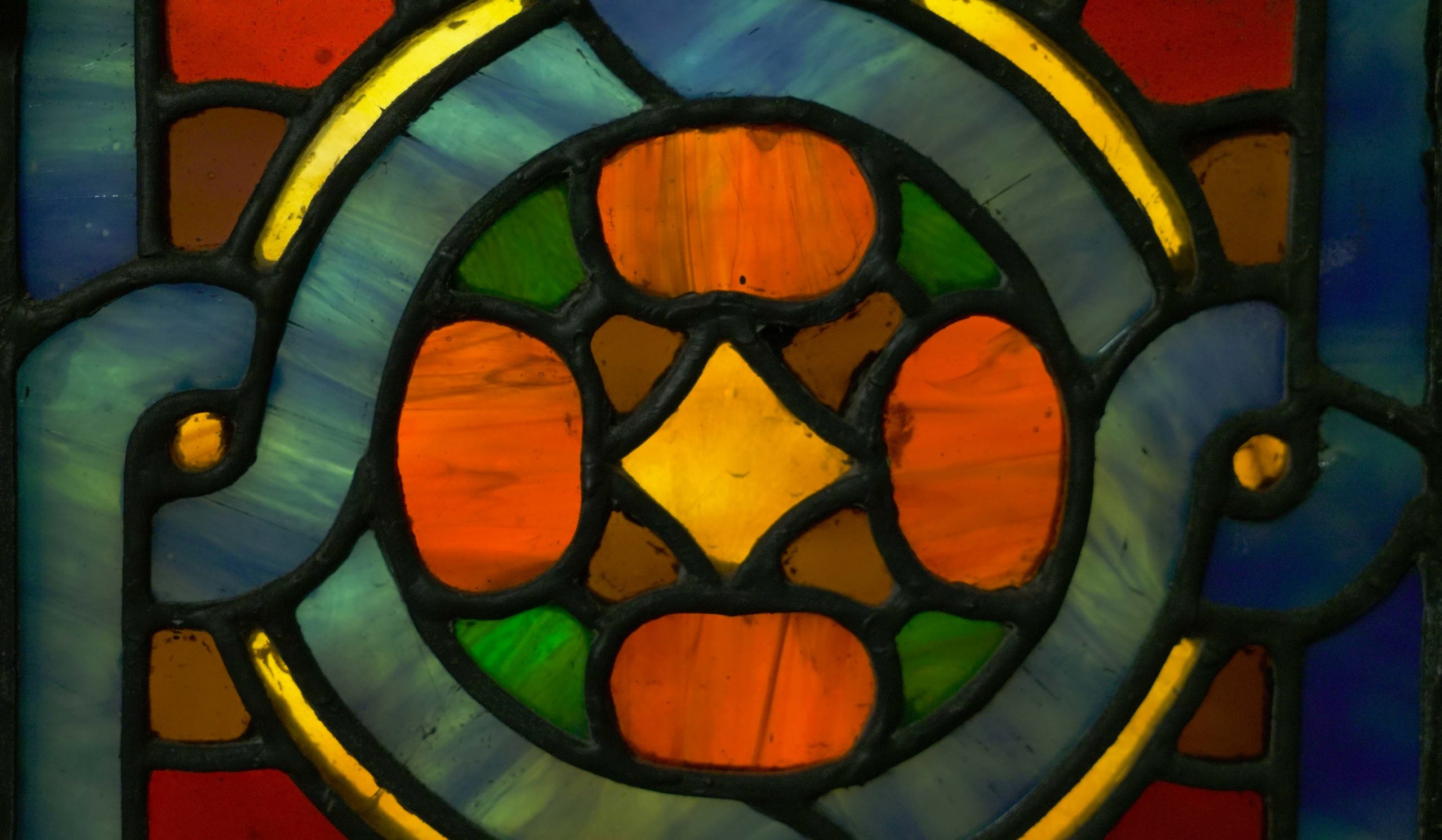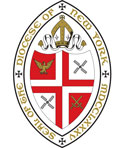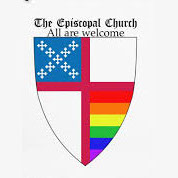Podcast: Play in new window | Download (Duration: 17:21 — 23.8MB)
Subscribe: Apple Podcasts | RSS
The Eighth Sunday after Pentecost
Watch the sermon here.
Jeremiah 23:1-6
Psalm 23
Ephesians 2:11-22
Mark 6:30-34, 53-56
May the words of my mouth and the meditations of hearts be always acceptable in your sight, O Lord, our strength and our Redeemer.
This morning our Biblical readings point towards what some scholars have called the pivotal analogy for Christian ministry and pastoral care. God is the Pastor of all the children of his creation. God appointed Kings like David to be the chief pastors and leaders for the people and the nation of Israel. Jesus taught and sent forth his disciples with the traditional work and role of the shepherd as the principal paradigm for much of their ministries. Indeed, for most of the last two thousand years in the History of Christianity, the shepherd has been a recurring reference point for the understanding of pastoral care. Indeed, until the early 20th century, pastoral ministry was taught under the disciplinary rubric “poimenics,” the Greek word which translates as shepherding or pastoral care.
I suspect that in the early centuries of the Common Era, perhaps even into the 18th or 19th centuries, a significant percentage of human beings in many countries in the world had some familiarity with life in rural agrarian settings. Many of them would have owned sheep and goats, and a significant number of them may have done some shepherding themselves, perhaps in their youth.
Over the years, I have given considerable thought to the metaphors of pastoral care which are implicit in this vision which sees sheep on the one side of a relationship, and shepherds or pastors on the other side of that relationship.
Today, some people might be offended by the implications of these metaphors. We might ask: what do sheep represent and what does shepherding or pastoral care supply? In a more agricultural environment, these implications might be more obvious to all.
I must confess to some significant involvement with sheep during my lifetime. When I was in elementary school in a suburban town in Western Massachusetts, I had an elderly neighbor who kept six sheep and two goats on her eight acre plot of land opposite a new housing subdivision where my family lived.
My neighbor was a character, in addition to the sheep and the goats, she also collected cars which no longer could be started – there were twenty of them on her land. I was never inside her house, my assumption was that it might be marked by chaos or hoarding, but we would meet frequently in the back seat of one or another of the inoperative cars. Occasionally she and her husband, a very buttoned up Certified Public Accountant, would travel for days or weeks at a time, and I was trained to look after the sheep and goats in their absence.
If sheep – our role models – are stupid – and be assured that they are – does that mean every human being is stupid as well? Have we like sheep – to coin a phrase – really gone astray – because we didn’t know better – indeed have we like sheep gone astray because we didn’t know much of anything period!
Are shepherds or pastors intelligent by contrast? Are they really wise and invariably a little gray around the temples? What about young shepherd boys? Where did they fit in? For that matter what were the shepherds in the nativity story really like? Did they really look and act like ceramic Hummel figures?
Of sheep, it must also be said that they were and are very vulnerable animals. They are vulnerable to wolves – especially to wolves concealed in sheep’s clothing, They are even more vulnerable – as Jesus points out – to bad shepherding practices and inattentive and careless shepherds.
Sheep need solid leaders – utterly reliable shepherds with maturity and spiritual depth. Even with sound leadership, the sheep may wander off, get lost, get hurt, experience medical emergencies, or even get stolen.
The received wisdom is that sheep are sweet and innocent – but in fact it depends on to which shepherd you happen to speak and how their sheep act in terms of personality and receptivity to leadership. Jesus even suggests in some places in Scripture that some of the sheep are really goats and therein lies an entirely different story because goats are often willful, angry, and destructive animals.
Sheep are among the most utilitarian and versatile members of the animal kingdom. I apologize for any offense I am giving to Vegans in this congregation. In diverse cultures and in many different parts of the world, sheep have provided food, including meat, milk, and other dairy products such as cheese. They are a splendid source of clothing and warmth – indeed nothing beats a wool blanket on a cold wintry night. Sheep have been a central resource in diverse religious observances and ritual sacrifices. They have been a sign of wealth, a basic element in pre-nuptial dowries, and so very much more. Put another way, down through the centuries, sheep could make or break a stewardship campaign.
Today’s reading from the 23rd Chapter of the Prophet Jeremiah makes clear reference to both shepherds who failed God and his people, and to new shepherds who are raised up in order that Judah might be saved and Israel might live in safety.
The still familiar words of Psalm 23, sung so beautifully this morning, reminds us that the Lord is my shepherd/our shepherd, and I/we shall not want. Surely goodness and mercy shall follow me/us all the days of my life/our lives, and I/we shall dwell in the house of the Lord my/our whole life long.
I would note that in my childhood, Psalm 23, was drummed into me both at Sunday School and Church, and in the public schools. It was the custom in my hometown, that the Lord’s Prayer was recited everyday at the start of the first class of the day. But a crisis arose when it turned out my newly appointed First Grade teacher, Mrs. Feinberg, was Jewish, The Town School Committee had an emergency meeting and decided that Mrs. Feinberg should not be subjected to 180 recitations of the Lord’s Prayer during the school year. Instead, in our classroom we recited the Twenty-Third Psalm on 180 mornings that year.
Today’s reading from the Second Chapter of Paul’s Letter to the Ephesians, offers what now sounds like a naïve expectation of a reconciliation between the uncircumcision and the circumcision – between the Jews and the Gentiles. Alas even today, anti-Semitism appears to be growing yet again in our land. Disinformation and the denial of reality and research raise serious questions about our ability to live into peace, justice, and love for all who dwell in our land and for those who dwell around the world.
Finally, our reading from the Sixth Chapter of Mark’s Gospel begins with the disciples telling Jesus about their first missionary undertakings. He then invites them to go away to a quiet place, but of course throngs of people followed Jesus and the disciples. Mark writes of Jesus: “As Jesus went ashore, he saw a great crowd, and he had compassion on them, because they were like sheep without a shepherd; and he began to teach them many things.”
What ensues is an outpouring of seemingly countless people who come to Jesus, bringing their sick with them, and when they touched the fringe of Jesus’ cloak, all who touched it were healed.
The image of the Pastor as shepherd has survived – even thrived – for more than two Millenia, though there have been significant adaptations over time. In the mid-Nineteenth Century, Mary Baker Eddy, having studied the healing ministries which were a part of early Christianity, invented the Christian Science Church. Especially in urban settings, many prosperous Episcopalians were attracted to those healing ministries and joined the Christian Science movement. Episcopalians were sensitive to this loss of parishioners and to the related loss of parish income. A significant number of Episcopal clergy and laity, in their own way, rediscovered the healing ministry of the Church and soon, within the Episcopal Church, the “Emmanuel Movement” committed to healing prayer and ministries began to grow through both the founding of Emmanuel-named Parishes and Emmanuel-named programs in already existing churches – especially in urban areas and other areas where Christian Science was growing.
In the 1920’s, hospital chaplains and parish clergy were involved in starting the Clinical Pastoral Education movement. Influenced by modern psychology and psychiatry, as well as being aware of case issues in clinical settings, seminarians and clergy began to spend summers or semesters, working mostly as intern students in general and mental hospitals under close supervision, with an emphasis on growing in self-awareness and pastoral competence. This movement continues to be a strong one though out the nation and around the world.
Beginning in the 1950’s the Hospice Movement began in Great Britain, and soon spread to the United States. Hospice did not reject clinical training, but it embraced a focus on remediating the pain and symptoms of life- threatening illness. The Hospice movement in turn worked at building multi-disciplinary teams of clinicians and volunteers who focused on maximizing the life experience of those who were known to be dying.
In the early 1980’s, I was a Chaplain at what was then St. Luke’s Hospital, at Amsterdam Avenue and 112th Street next to the Cathedral of St. John the Divine. I was eventually involved in founding one of the nation’s first Pastoral Care programs focused on people living and dying with HIV/AIDS.
I took the clinical side of my ministry very seriously, but also worked hard at developing compassionate and supportive ministries with people who were not religious or were in fact hostile to much of organized religion. I built a strong pastoral relationship with one very ill young man who was decidedly not religious. One of the things I did was to determine what sort of acts of care and kindness I could offer these patients. With this patient, the relationship grew and took hold when I discovered that he craved strawberry ice cream and found it hard to get it, since he was bed-ridden in the hospital, with few supportive friends. I brought him a dish of strawberry ice cream five or six days a week. At one point I had to go out of NYC to speak at a conference. I asked one the Chaplain Interns in the CPE program to get the patient’s ice cream for a few days. One day, as the Chaplain Intern came into the Hospital carrying the ice cream, he ran into the CPE Supervisor who asked him what he was doing. He said: “I am bringing strawberry ice cream to one of Chaplain Doubleday’s patients.” The Chaplain Supervisor exploded: “Don’t you remember when I told your class: ‘Never ask patients: “What can I do for you?” Only ask them: “What do you want to
tell me?’”
As I close this morning, my question for all of us is: To what degree and in what ways can we be shepherds with and for one another, bringing healing to countless people inside this parish, and to even more who dwell in this city, this community, this state, this nation, and around the world.





